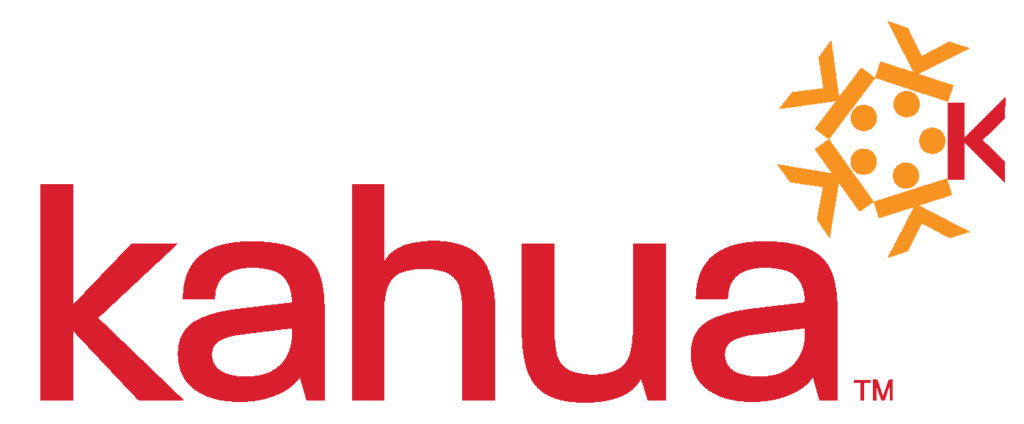Multifamily Construction is Hot; Kahua Makes it Hotter by Reducing Risk
While the economy feels a bit unstable as of late, there is no denying this constant: People must have a place to live. With a tight residential real estate market and rising interest rates, renting is set to become increasingly appealing to numerous demographics.
According to CBRE Group’s “U.S. Real Estate Market Outlook 2022,” the multifamily sector is set for a record-breaking 2022 amid solid fundamentals and heightened investor interest. With tremendous liquidity and a growing range of debt options available, multifamily pricing is expected to stay strong.
It is predicted that multifamily occupancy levels will remain above 95% in the near future, and there will be nearly 7% growth in net effective rents next year. More than 300,000 new units are expected to become available in 2022, with projected growth in urban rent hitting 8%.
As CBRE points out, multifamily investment strategy relies on a balance between risk and reward. Urban markets were hit hard during the pandemic-led downturn but have the most favorable outlook over the near and medium term.
These projects have less risk when guided by a construction project management information system (PMIS) that can meet evolving needs through every stage of development and capital assets lifecycle … from planning and design all the way through procurement, construction and operations.
Such is the case of a successful private real estate investment firm on the West Coast that is utilizing Kahua’s PMIS to manage the growth strategy of its rapidly expanding development and capital program. This new client – which owns and manages over 10 million square feet of real estate – said it chose Kahua because of its ability to reduce duplicate data entry, create a delegation of authority based on projects’ dollar amounts, and update contract templates across all projects.
Kahua’s hierarchical structure allowed the company’s three different divisions – development, capital replacement and capital investment – to use the solution as each needed. Each division could create the hierarchy necessary for its business practices. This allows users to report both top-down and bottom-up visibility.
Learn how Kahua conforms to customers’ processes, making it scalable for future growth.


